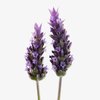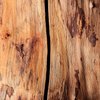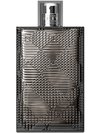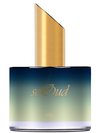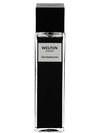Artemisia
Herbaceous, camphor.
Artemisia refers to a large genus of herbaceous, aromatic plants belonging to the daisy family Asteraceae. Popular notes include wormwood, tarragon, mugwort (“moxa”) and sagebrush. Commonly used in fougère accords, Artemisia emphasizes zesty facets while exemplifying the sweet, fruity inflections of a fragrance. Artemisia contrasts perfectly alongside notes of patchouli.
Data sheet
- Type
- Extraction Method
- Used parts
- Natural raw material
- Steam distillation
- Leaves





